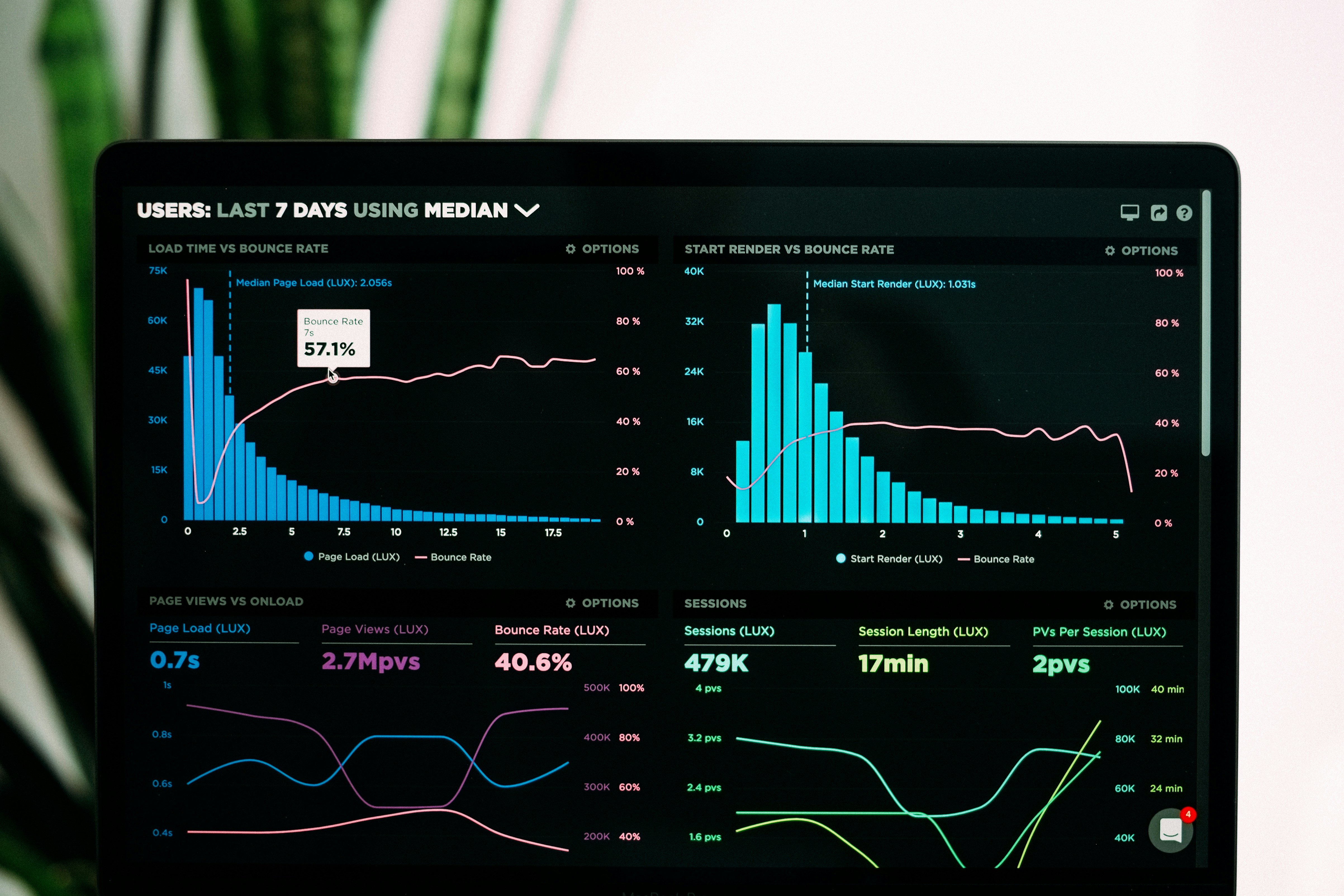
The Challenge of Getting Attention in 2025: Why AI Personalization Matters
We are living in a universe of ads where every influencer, every brand is trying to sell you something, whether it’s a product or a service. But, how do you get someone’s attention when they’re seeing thousands of ads every single day?
The answer isn’t louder messaging or bigger budgets. It’s simple personalization – talking to them as if you have known them for years.
When I started digging into the data, I found that businesses that personalize their ads and their content see their customers spending 38% more money on average. That’s a huge increase. Not only that, but also just in 2024 nearly 75% of marketers started using AI tools, such as Claude, ChatGPT, Perplexity and others. Which is more than double from 2023, yet they are not using them to their full potential.
The Role of AI in Modern Marketing Personalization
In the world that we live right now, just slapping someone’s name in your email campaign is not personalization anymore. The customers, the people, well everything has changed. Now everyone is expecting you to know what they are looking for. They want you to show them exactly what they want and need.
And it’s not just a theory, the numbers back this up: around 71% of customers prefer personalized experiences, and almost 80% would rather buy from a business that personalizes things.
How AI Makes Personalization Different
So how does AI really help? How is it different from before? Well, for example, in the old days of Facebook ads you were able to make a really good and “personalized” campaign by just creating a segment like “women from 25 to 40 years old who like fitness” and sell them, and that ad would do great. But when you think about it, that is still very broad.
Companies like Netflix and Spotify are already using AI to watch what you see and listen in their apps in real time and adjust everything based on YOUR behavior. And they have seen an increase in engagement and retention of more than 20%, and those kinds of numbers completely change how a business operates.
Between 2025 and 2029 the AI market is expected to grow by 2.71 billion US dollars, with a growth rate of 17.5% each year. But what matters is what your teams are doing with this technology.
The awesome thing about this is that you are not just watching or reacting to your consumers, but you are actually kind of predicting what they are going to do next. Marketing teams can now predict with high accuracy when customers might leave and why, when are they buying something next and how much are they going to be spending, and that completely changes the way your brand engages with people.
Making Personalization Real: Practical Strategies for 2025
First-Party Data is King
Firstly, data is king, but now that privacy rules are stricter, marketers are shifting to first-party data – that’s the data you collect from your website, social media accounts, reviews, etc. But the businesses that are winning right now are the ones that are being totally open and transparent about what type of data they are collecting from you and why.
AI-Powered Personalization Trends
The next big trends include AI-powered personalization, what I mean by that is that with the technology that we have access to right now brands can create super tailored content based on what their customers like and do, plus relevant marketing based on where someone is living and the devices they are using.
The Omnichannel Strategy
An omnichannel strategy has become critical for every business. Because people interact with brands kind of everywhere. But most companies still struggle to organize their teams to work together. Every team needs to be on the same page working simultaneously because customer personalization works best when the AI can see everything about a customer across every single touchpoint.
Balancing AI and Human Creativity
However, there is a catch: marketing automation and AI personalization does not replace human creativity, it just makes it better. So every brand needs to balance AI and human teams, and the brands that are already doing this are the ones standing out from the rest.
Key Takeaways:
Successful brands balance AI automation with human creativity
Personalized marketing increases customer spending by 38%
75% of marketers now use AI tools for marketing
AI helps predict customer behavior, not just react to it
First-party data and transparency are essential in 2025